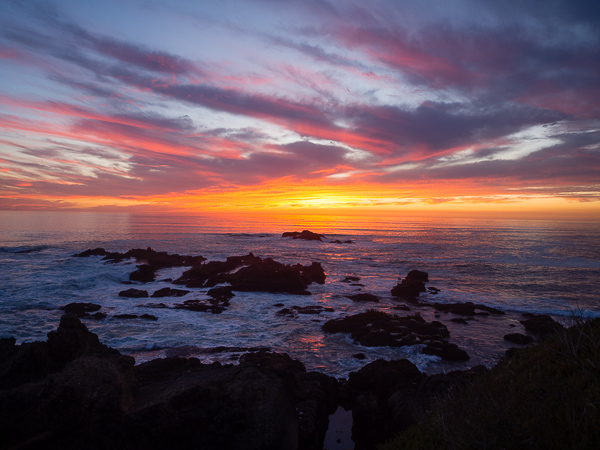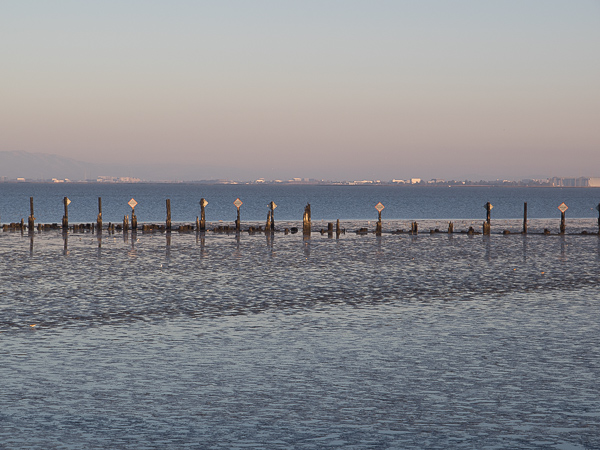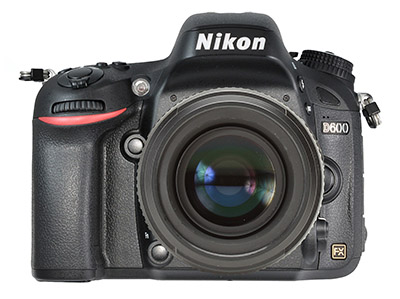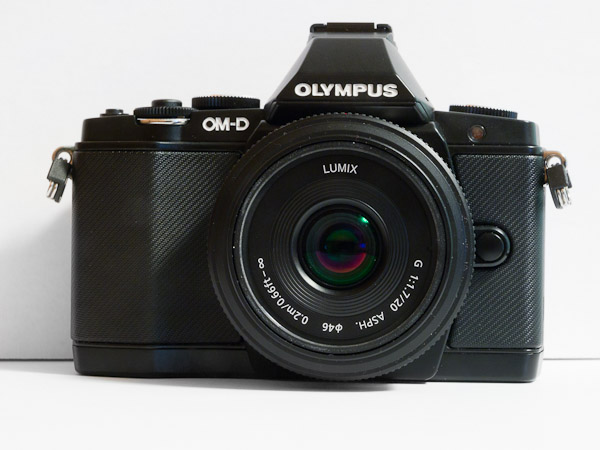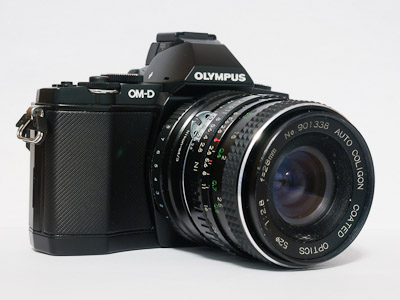
I have a confession to make – I’m a pretty boring photographer. Oh, I have a drawer stuffed full of lenses and other photo-related gear just like everybody else, but when it comes to actually taking photos, 90% of the time the lens on my camera is some sort of standard zoom. I started out with a 28-105mm (equivalent) lens, moved to a 24-120mm , went back and forth between a 24-70mm and a 24-135mm, moved back to the 24-120mm and finally last year ended up getting and using a 24-80mm equivalent in the form of Olympus’s recently announced m.ZD 12-40/2.8 Pro lens.

